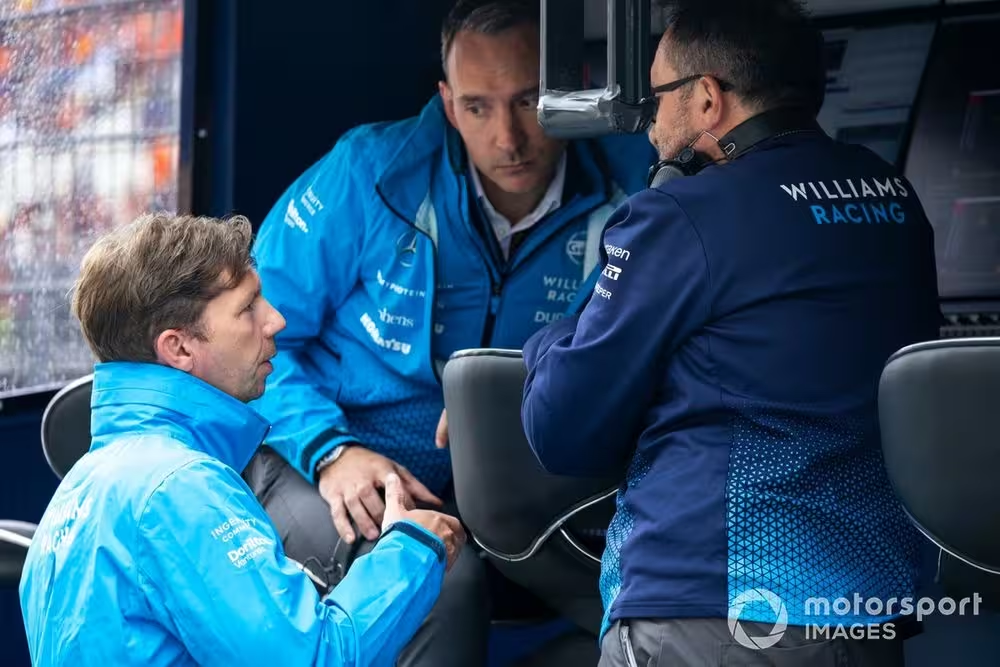Williams is seeking answers as to why its own pre-event scans of its updated Formula 1 car suggested its revised floor complied with the regulations.
Alex Albon was disqualified from his eighth spot on the grid at the Dutch Grand Prix after an area of his floor – believed to be in front of the rear tyres – was deemed to be too wide to comply with the volume rules.
The FIA verdict on the floor – which emerged in post-qualifying scrutineering – came as a shock to Williams because it had checked the measurements of its upgraded car several times before and believed it was fully in line with the limits.
However, despite the team’s own readings saying that the new floor was legal, all that matters is what the FIA’s own measurements state – and the governing body’s calibrated scanner deemed the new floor outside the rules.
Speaking in a video post on Sunday morning, Williams team principal James Vowles explained how the FIA reading had caught his team by surprise.
“It’s not the first time we’ve been scanned,” explained Vowles. “We’ve obviously been following and complying to all of these procedures since they were brought into place several years ago, and haven’t been found in excess until now.
James Vowles, Team Principal, Williams Racing, speaks with teammates on the pit wall
Photo by: Sam Bloxham / Motorsport Images
“We use scanning techniques now rather than physical measuring techniques, because it’s not just one point that you have to be aware of – its heights and widths all across some quite complex shapes.
“Before we came here, we have scanned the floor and the car multiple times. It happened back at the factory in isolation with the floor. It happened back at the factory on the car. It happened here on Thursday as well.
“We did demonstrate all of these results to the FIA, which indicate that our floor is within the legal compliance. But what matters is the adjudication of the FIA, their measurements and their systems, and that we entirely accept.”
Vowles said there was no immediate answer as to why there was a disparity between its readings and those of the FIA – but adapting the floor to be fully legal was not a complicated matter.
“What we now need to do is understand how we could have been wrong in our own measurements, and what we need to change in terms of process,” he said.
“With immediate effect, there’s only one area of the car that we were not compliant…
Click Here to Read the Full Original Article at Autosport.com – Formula 1 – Stories…

